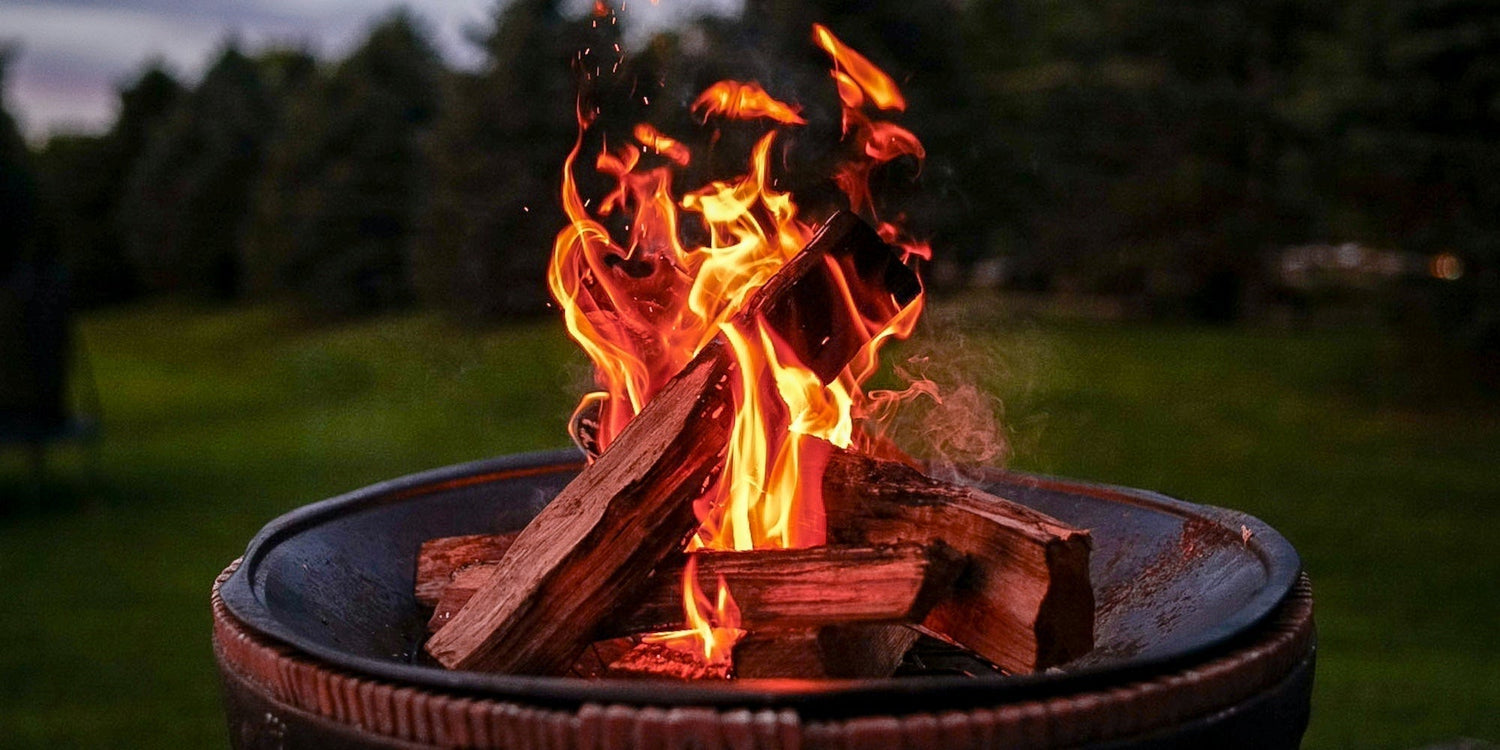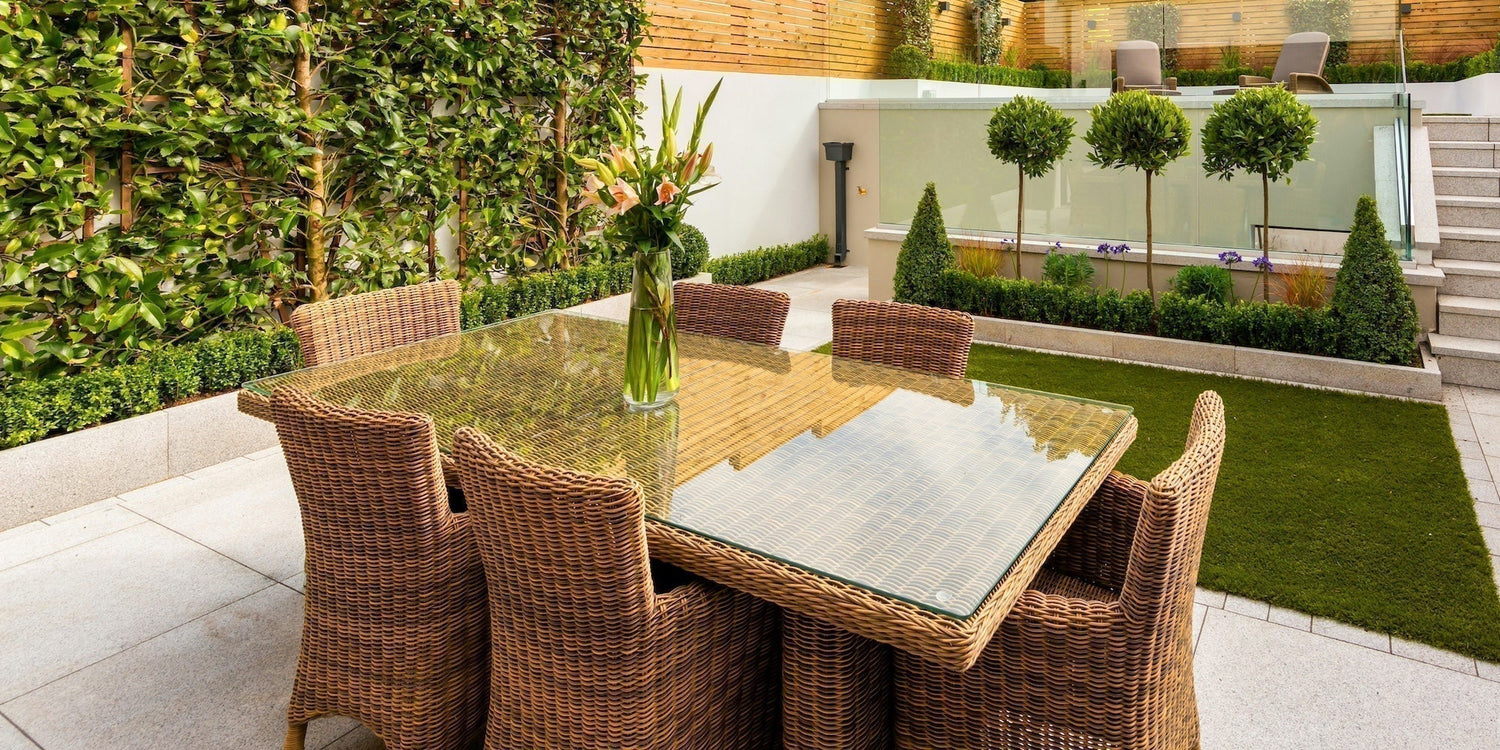Who doesn’t love sitting out and watching a mix of bees, butterflies and wildlife floating from plant to plant? One of our hardest-working garden pals is the humble honey bee. Honey bees (Apis mellifica) are vital to our ecosystems and agriculture, playing a crucial role in pollinating many of the plants we rely on for food and flowers.
Unfortunately, honey bee populations have been declining due to factors such as habitat loss, pesticide use such as shop-bought sprays and other diseases from Varroa (a bee parasite) to Chronic Bee Paralysis Virus (CBPV). Honey bees are seriously up against it, and without them, we can say goodbye to reliable crops, food sources and flowering plants. As a beekeeper myself, I want to help educate and encourage you to become a fellow bee lover and ally in the garden,
As conscientious gardeners, we can make a significant impact by creating bee-friendly environments that favour their continued survival. Let’s take a look at a few simple measures, plant types, and approaches you can take in the garden to encourage hard-working honey bees.
1. Plant a Variety of Bee-Friendly Flowers

Bees are attracted to a diverse array of flowers, especially those rich in nectar and pollen. This is because they use nectar to create honey and pollen as a protein to feed their young and themselves! Choosing plants that flower at different times of the year helps provide a more steady source of both nectar and pollen for bees. That Ivy you’re thinking of ripping off the back fence that's a winter food source for bees (not to mention habitat for so many other forms of wildlife). Are those spring bulbs you are planting? They are a great spring boost for early nectar. See, you’re helping the bees already!
-
Spring
Crocuses, snowdrops, and bluebells -
Summer
Any herbaceous perennial examples such as Lavender, Salvia and Helenius. -
Autumn
Sedum, Asters, and Ivy -
Winter
Hellebores, Witch hazel and Sarococca
2. Provide Water Sources

Did you know that bees need water to drink and to regulate the temperature of their hive? They collect water and then fly back to the hive to expel it whilst fanning with their legs creating a form of air conditioning! Create shallow water sources in your garden, such as birdbaths or shallow dishes with pebbles for the bees to land on safely. Place these in full sun where the bees can see them easily and so the water doesn’t turn stagnant. If possible, replenish it with rain water, sit back, and then watch the bees take a break each afternoon!
3. Avoid Pesticides

Pesticides can be harmful to bees and other beneficial insects as the application of ‘bug killers’ and even herbicide ‘weedkillers’ disrupts their environment. Whilst you may just want to get rid of the aphids attacking your roses, spraying pesticides inevitably harms other insects as the spray drifts. These sprays can then significantly harm our honey and bumble bee colonies. Instead, use organic or natural pest control methods such as companion planting and homemade remedies such as Garlic sprays to help keep your garden pest-free without endangering bees.
4. Create Bee Habitats

It’s not just honey bees that need help with water, pollen and nectar; most of our UK bees are known as solitary bees that don’t live in large colonies or hives. Install suitable bee hotels to provide nesting sites for solitary bees. These can be made from bundles of hollow stems or drilled wood blocks. Place them in a sunny, sheltered spot away from strong winds, and watch solitary bees start to lay their eggs inside. Block up the holes with pollen and then a mix of mud and grass.
To help bumble bees, allow a part of your garden to grow wild with native plants, and even let the dandelions in your lawn bloom! Leaving the occasional messy area provides the potential for bumblebee nests, often found in cavities, areas of dried grass or behind compost bins. This will create a natural habitat for bees and other wildlife and an early source of pollen for all bees.
5. Grow Native Plants

Native plants are the crown jewel for bee-friendly gardens as they are well-suited to the local climate and provide a familiar food source for bees. The bees already know how to forage them, where the flower's nectar sources are, and how to get to the sweet stuff! They often require less maintenance and are more resistant to local pests and diseases. Wild clover, Yarrow and Oxeye Daisies are good examples of native nectar-rich flowers.
If you have the space make sure you plant them in groups rather than as a single specimen. This means the bees can focus their energy on foraging one plant at a time which is the most efficient way for them to pollinate plants and gather nectar!
6. Support Local Beekeepers

It’s not just plants in your garden that help our honey bees. Purchasing honey from local beekeepers supports sustainable beekeeping practices and ensures that you are getting pure, high-quality honey. We can help boost and bolster our local bee colonies by supporting beekeepers. While bees are quite capable of surviving without human intervention, the habitats available to them are becoming harder for them to find. Beekeepers like myself offer honey bees a stable environment where they can thrive; local honey can also help with seasonal allergies, so it is a win-win!
Why not enrol in a beginner beekeeping course to get involved with helping save our honey bees? You don’t even need to keep your own hives; you could join a local collective to become part of the growing group of community beekeepers. It's a fantastic and varied skill set to add to your gardening knowledge base!
7. Plant Trees and Shrubs

Trees and shrubs provide food and shelter for bees and allow them to forage one of their most valuable assets, propolis. Propolis is a mix of resin that the bees find from trees. They manipulate it into an antibacterial sticky substance that helps keep hives water-tight and clean. It is a wonder substance that can be used to fight infections and create all sorts of fantastic beauty products. Bees forage this from cones on trees and buds as they open each year. This is why it is so vital to ensure we plant suitable trees even in the smallest of gardens. The same applies to shrubs, which flower at different times of the year to ensure nectar flow and forage the bees.
Bee-Friendly Trees and Shrubs for UK Gardens:
-
Trees
Apple, Cherry, and Willow -
Shrubs
Mahonia, Cotoneaster, and Viburnum
Honeybees are a wondrous species that, irrespective of their tiny size, have a huge impact on the future of our planet. They pollinate our crops and flowering plants and produce wonderful products such as honey, wax, and propolis, which we can benefit from by working alongside them. As beekeepers or bee-friendly gardeners, we can support them by providing them a source of water, food and shelter. In return, they keep our planet blooming and may even gift us some delicious honey along the way.
Next time you’re out in the garden, have a look out for them and where you can make small tweaks to assist them with their daily tasks. You won't be disappointed until next time; happy Gardening!
Lee Garden Ninja
About Lee

Lee Burkhill aka the Garden Ninja is a multi-award-winning garden designer, horticulturist, garden blogger, vlogger, TV Presenter and YouTuber. Hailing from the North West of England, Lee has an infectious enthusiasm for helping gardeners all over the world. The Garden Ninja is his garden design business and online gardening blog, and he was recently voted one of the Top 10 Gardening Bloggers and Garden Vloggers in the UK. Lee is also part of the BBC Garden Rescue Team, which you can watch on weekdays at 3.45 pm on BBC One or BBC iPlayer. Here at Lazy Susan, we’re looking forward to sharing his exclusive horticultural tips, tricks and advice on our blog.





